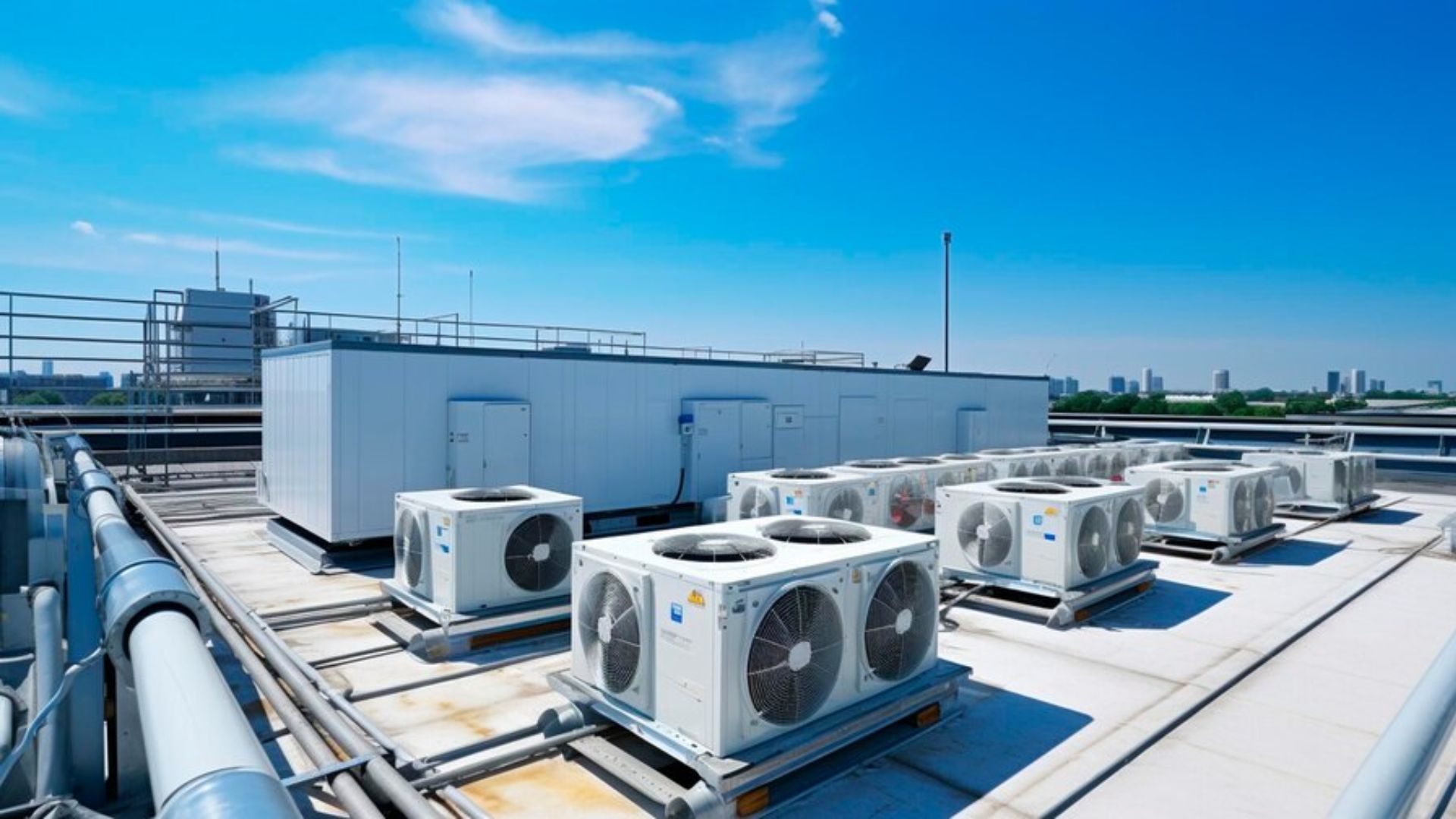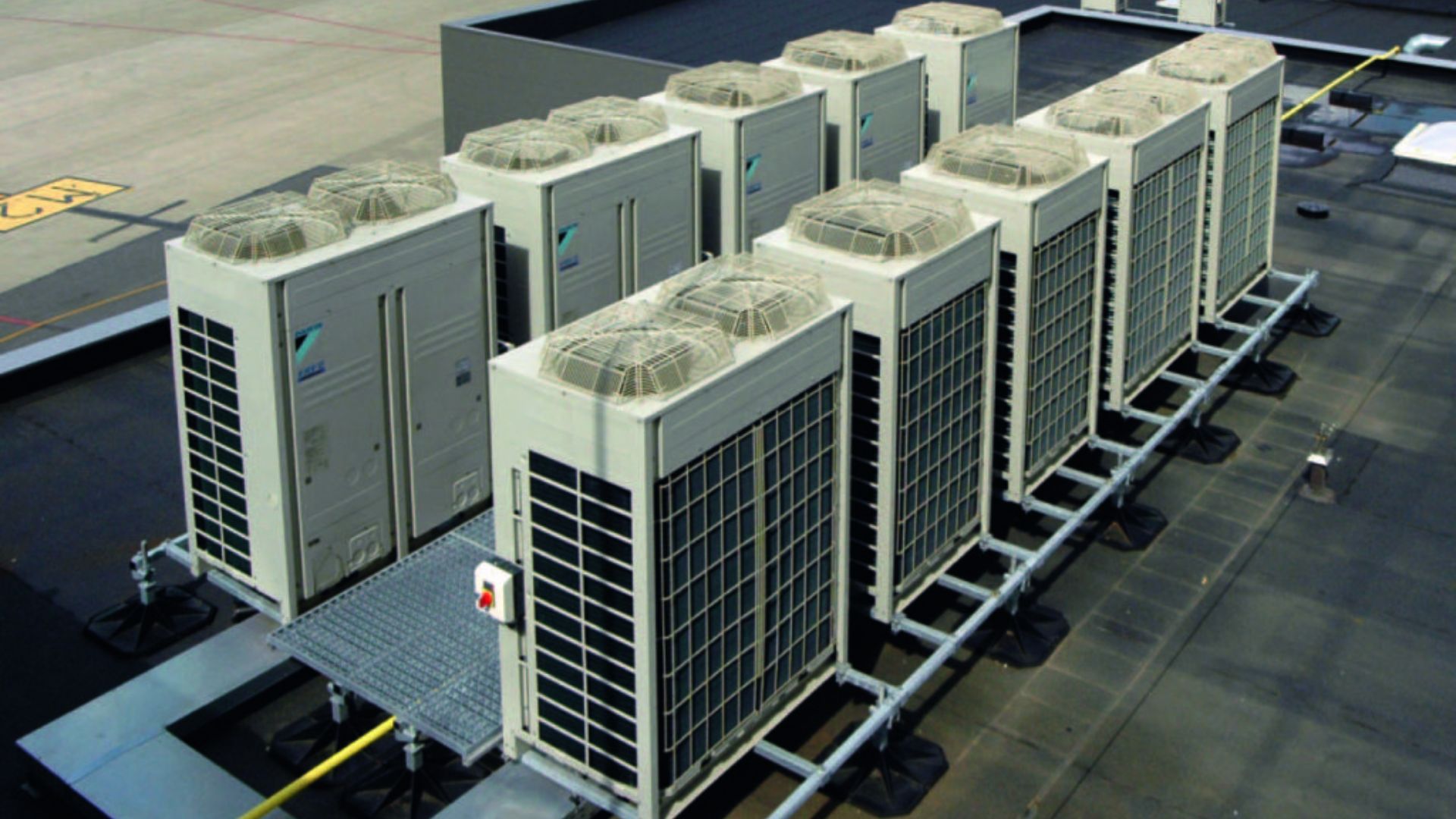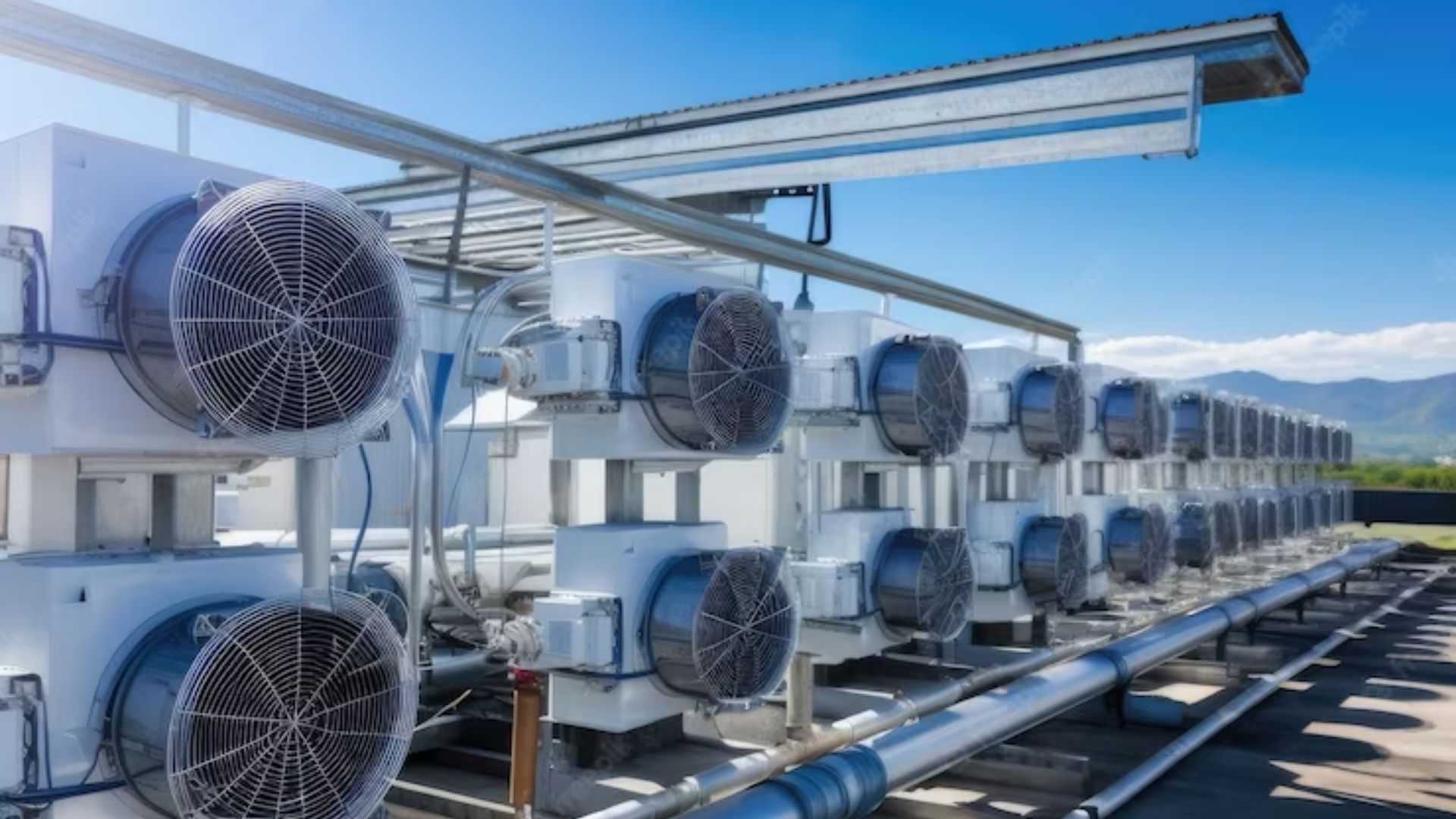
In the quest for sustainable energy and environmental efficiency gains popularity, businesses are switching towards innovative HVAC systems which not only offer the best comfort but also cut down on the use of energy and operating costs. VRV (Variable Refrigerant Volume) HVAC systems are emerging as cutting-edge technology that checks both of these boxes. In this post, we'll look at the factors that set VRV HVAC systems apart and why they are a great alternative for those who want to increase efficiency in energy use and the cost of their processes.

The core of HVAC systems for VRV is their capacity to respond to changing needs for cooling and heating. In contrast to traditional HVAC systems operating with fixed capacity VRV systems can alter the amount of refrigerant flow to every indoor unit according to the particular needs of the particular zone. This flexibility guarantees that only the amount that is needed of energy is required to keep the temperature at a desired level which reduces waste and increases effectiveness.
VRV systems capabilities are a leader in the field of zoning capability that allow different zones within the building to be separately monitored. It means that zones with more people or with specific cooling requirements can be more efficiently cooled in comparison to areas that are less used and can be adjusted in line. Zones not only improve the comfort of the user but also stop excessive cooling or overheating in unoccupied rooms, which further contributes to saving energy.
VRV HVAC systems use inverter technology that has a major role to play in their efficiency. When you use traditional HVAC systems the compressor runs at a steady speed that results in constant start-stop cycles as well as energy waste. Contrarily, VRV systems use variable-speed compressors which can ramp up and down according to the need to maintain an even temperature and use just the energy needed.
One of the most notable characteristics of VRV systems is the ability to recover heat. In a conventional system will where one component of a structure requires cooling while another requires heating, the energy can be lost. VRV systems can simultaneously supply both heating and cooling for different areas using the technology of heat recovery. The heat emitted from areas that require cooling could be directed into areas that require heating, thus reducing energy usage and increasing effectiveness.

As businesses continue to emphasize efficiency in energy use and efficiency VRV HVAC systems are emerging as an innovative technology within the world of cooling and heating solutions. Through their adaptive features for heating and cooling with zoning capabilities, inverter technology, the capability to heat recover as well as reduced losses to ducts VRV HVAC systems provide an all-encompassing approach to efficiently controlling the temperature. With the purchase of VRV HVAC equipment, companies can not only improve their comfort but also cut down on energy usage as well as lower operating costs as well as contribute to sustainable objectives. If you are considering incorporation of such cutting-edge solutions in your organization, joining forces with a trusted HVAC company such as CBE Gulf can ensure that you get the most benefit from VRV technology, and reap all the benefits it offers.